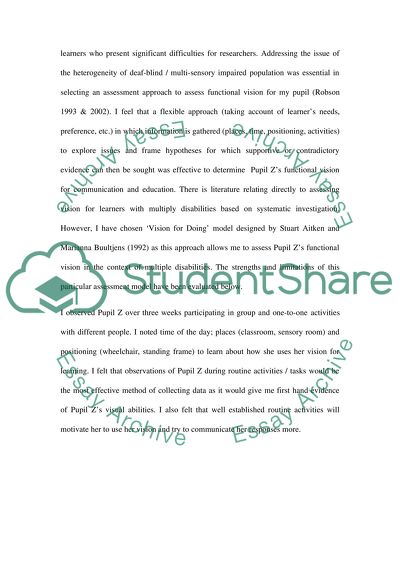Cite this document
(“Assessment of the child with complex needs Essay”, n.d.)
Retrieved from https://studentshare.org/education/1397600-assessment-of-the-child-with-complex-needs
Retrieved from https://studentshare.org/education/1397600-assessment-of-the-child-with-complex-needs
(Assessment of the Child With Complex Needs Essay)
https://studentshare.org/education/1397600-assessment-of-the-child-with-complex-needs.
https://studentshare.org/education/1397600-assessment-of-the-child-with-complex-needs.
“Assessment of the Child With Complex Needs Essay”, n.d. https://studentshare.org/education/1397600-assessment-of-the-child-with-complex-needs.


